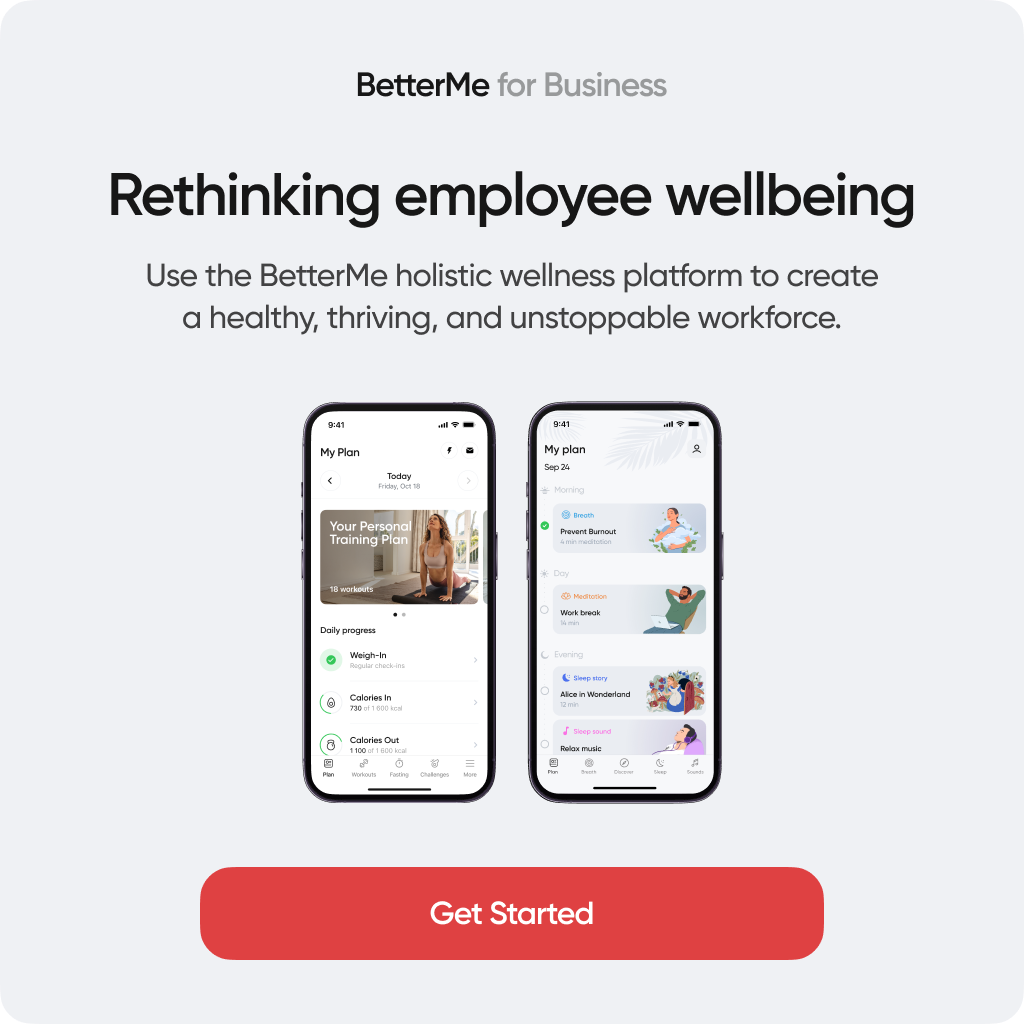Physical activity is a crucial but often underappreciated part of the never-ending quest for improved employee productivity and higher efficiency. A growing body of research has linked increased physical activity by employees to better productivity, and evidence suggests that promoting mobility at work can have impressive effects.
We explore the symbiotic relationship between physical activity and employee productivity, examining the research-based understandings and useful tactics that highlight the importance of including motion in the workday.
Understanding and utilizing this crucial connection may hold the key to unlocking previously unknown levels of productivity, whether you’re an employer who is looking to improve your team’s performance or an employee who wants to improve their productivity.
Read more: Remote Team Management: Strategies, Tips, And Hacks To Building A Productive Remote Team.
Importance Of Physical Activity At Workplace
Physical activity is an important ally that is often ignored in the workplace in the pursuit of enhanced employee productivity. A wealth of productivity hacks exist in the relationship between employee productivity and regular exercise, and they have the power to completely transform workplace productivity. [1] Additionally, group exercise in the workplace has a contagious effect, leading to a larger number of individual employees. It also helps build a cycle of accountability and motivation.
Understanding the benefits of exercise and working out in the context of productivity in the workplace can be a game-changer for both employers and employees.
1. Improved Workplace Productivity
Employee productivity can improve significantly if physical activity is included in the workday. Regular exercise has been proven to improve cognitive function, spark creativity, and hone problem-solving abilities, all of which are essential for productivity at work. [2]
2. Increased Work Efficiency
Regular physical activity helps workers focus and positively impacts their energy levels. The ability to complete tasks more quickly and with increased efficiency can result from this improved mental clarity.
3. Enhanced Employee Well-Being
Promoting exercise in the workplace will improve the physical health of employees and also contributes to their mental and emotional wellbeing. Reduced stress and anxiety can result in a happier and more engaged workforce, and create an environment that is conducive for productivity.
4. Productivity Hacks
Simple productivity hacks such as taking short, active breaks during the workday or using standing desks can promote movement and prevent the lethargy that often comes from prolonged periods of sitting.
5. Benefits Of Working Out
Regular exercise outside of the workplace can have several advantages, including increased energy levels, better moods, and improved sleep, all of which can translate into better output at work.
6. A More Productive Workforce
A work environment that appreciates and encourages physical exercise tends to attract and retain motivated, energetic employees. A more effective and dynamic workforce could result from this.
7. Long-Term Benefits Of Exercise
Regular physical activity lowers the risk of chronic illnesses that can cause absenteeism and impair productivity. It is an investment in long-term health.
8. Overall Work-Life Balance
Encouraging employees to include exercise in their schedules shows you care about their work-life balance. Employee engagement and productivity are more likely to improve if they feel encouraged to strike a healthy balance.
To create a vibrant and effective workplace, the link between physical activity and workplace productivity needs to be understood. Organizations can unleash the full potential of their workforce and create the conditions for long-term success by embracing the benefits of exercise and creating a culture of productivity through physical activity.
Read more: Has The Rise Of Chronic Health Conditions Among Gen-Z and Millennial Employees Changed Work Culture?
Various Approaches To Improve Physical Activity In The Workplace
Improving physical activity at work is a complex task that can positively impact employee productivity, overall workplace productivity, and work efficiency. Organizations can promote a culture of productivity and encourage staff to reap the benefits of exercise and working out. [3] Here are a few key approaches to consider:
1. Active Breaks
Encourage employees to take quick, active breaks throughout the day. These breaks can consist of stretches, quick walks, or training and will help revitalize workers, improve their focus, and increase work efficiency.
2. Standing Desks
Provide employees with the option of using a standing desk. Standing while you work reduces sitting time while also encouraging improved posture, and can lessen the physical stress caused by extended sitting.
3. Fitness Challenges
Organize fitness contests or challenges in the office. These challenges will motivate employees to create and meet fitness objectives, which will increase their levels of physical activity and general well-being.
4. Walking Meetings
When possible, walking meetings can be promoted. Consider holding meetings outside rather than in a conference room. This strategy will encourage productivity and creativity, in addition to physical activity.
5. Wellness Programs
Implement all-encompassing wellness programs with fitness elements. These initiatives can provide employees with access to health services, nutrition workshops, and exercise classes to encourage them to prioritize physical activity.
Organizations can create a workplace environment that encourages physical activity and also contributes to increased employee productivity, work efficiency, and overall workplace productivity if they adopt these approaches and customize them to the unique needs and preferences of their workforce.
The Bottom Line
Employee productivity, work efficiency, and workplace productivity can all be dramatically improved by including physical activity and exercise into the daily routine of the team. [4] Recognizing the many advantages of working out and exercising in the context of productivity in the workplace can be a strategic advantage for firms that are looking to improve team member performance and well-being.
With 150M+ downloads and 5.5M monthly active users worldwide, BetterMe’s health and wellness solution is a driver of long-lasting health outcomes and behavioral change. Support your team’s wellness goals and cultivate a thriving, unstoppable business from the inside out. Join millions of satisfied customers and start your organization’s health transformation journey with BetterMe today.
DISCLAIMER:
This article is intended for general informational purposes only and does not serve to address individual circumstances. It is not a substitute for professional advice or help and should not be relied on for making any kind of decision-making. Any action taken as a direct or indirect result of the information in this article is entirely at your own risk and is your sole responsibility.
BetterMe, its content staff, and its medical advisors accept no responsibility for inaccuracies, errors, misstatements, inconsistencies, or omissions and specifically disclaim any liability, loss or risk, personal, professional or otherwise, which may be incurred as a consequence, directly or indirectly, of the use and/or application of any content.
You should always seek the advice of your physician or other qualified health provider with any questions you may have regarding a medical condition or your specific situation. Never disregard professional medical advice or delay seeking it because of BetterMe content. If you suspect or think you may have a medical emergency, call your doctor.
SOURCES:
- Benefits Of Physical Activity (2023, cdc.gov)
- How Team-Building Activities Increase Productivity At Work (2022, odysseyteams.com)
- Physical Activity and Its Importance In The Workplace (2017, pubmed.ncbi.nlm.nih.gov)
- Workplace Wellness: Ways To Increase Your Physical Activity On The Job (2019, njaes.rutgers.edu)











